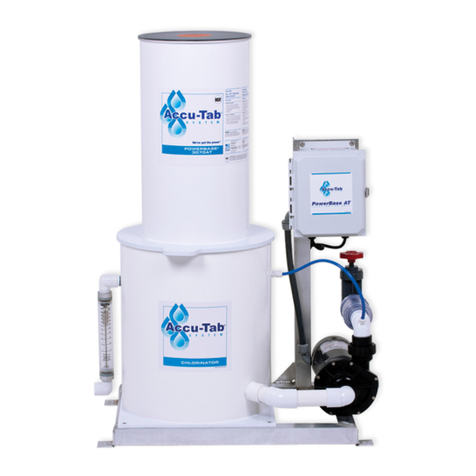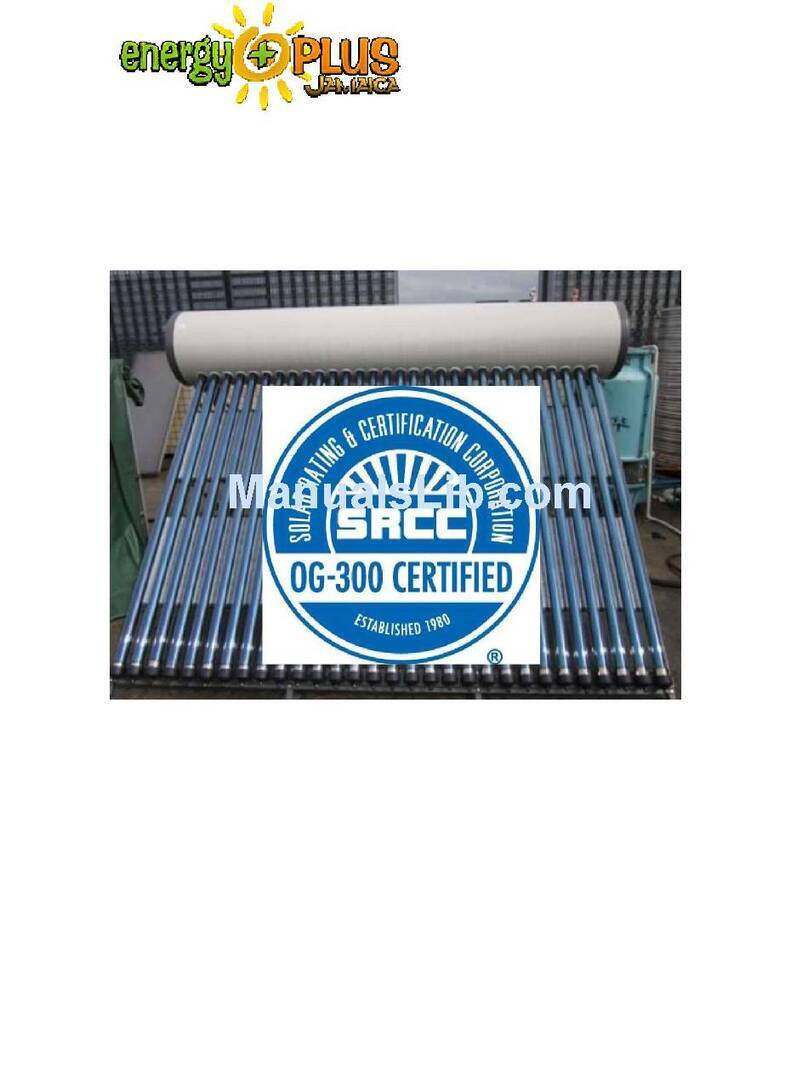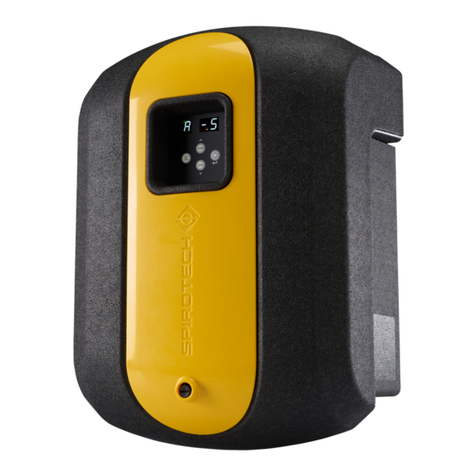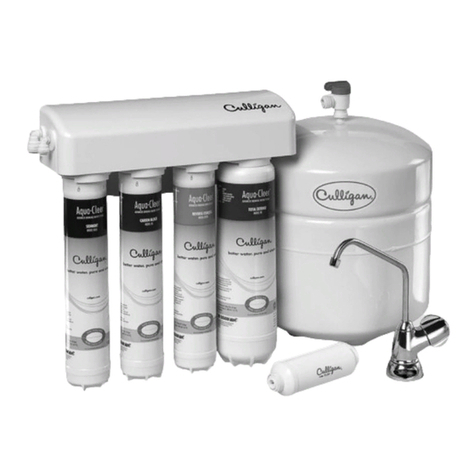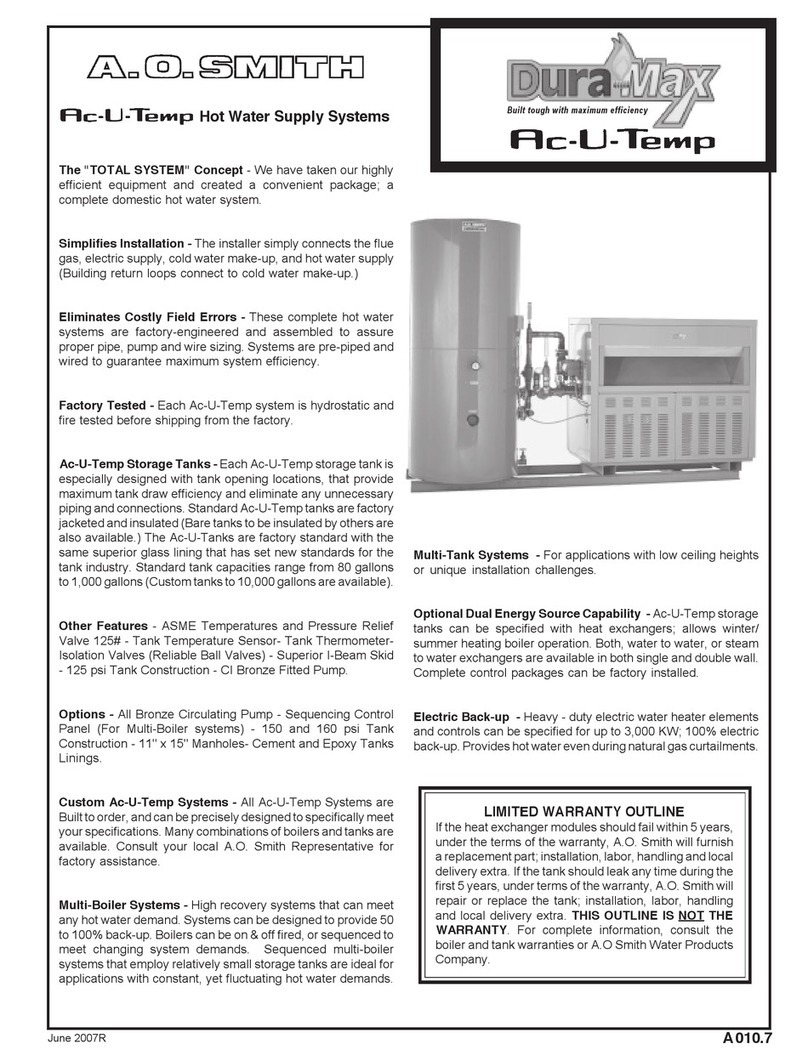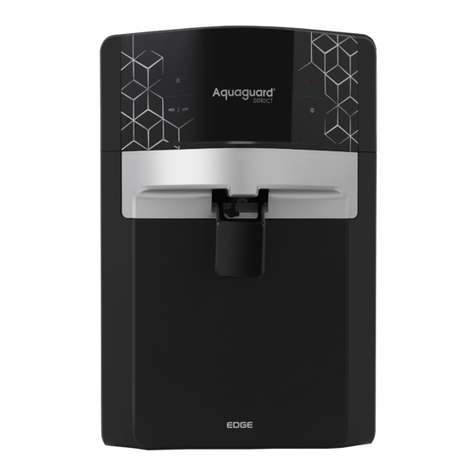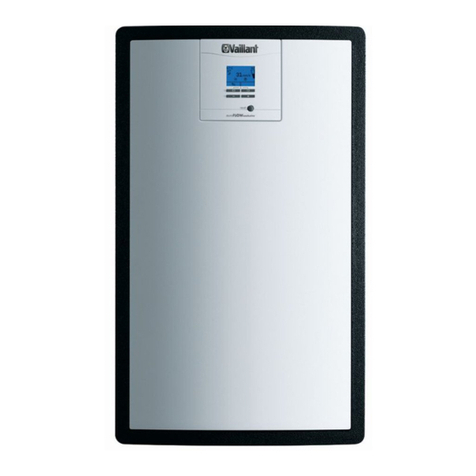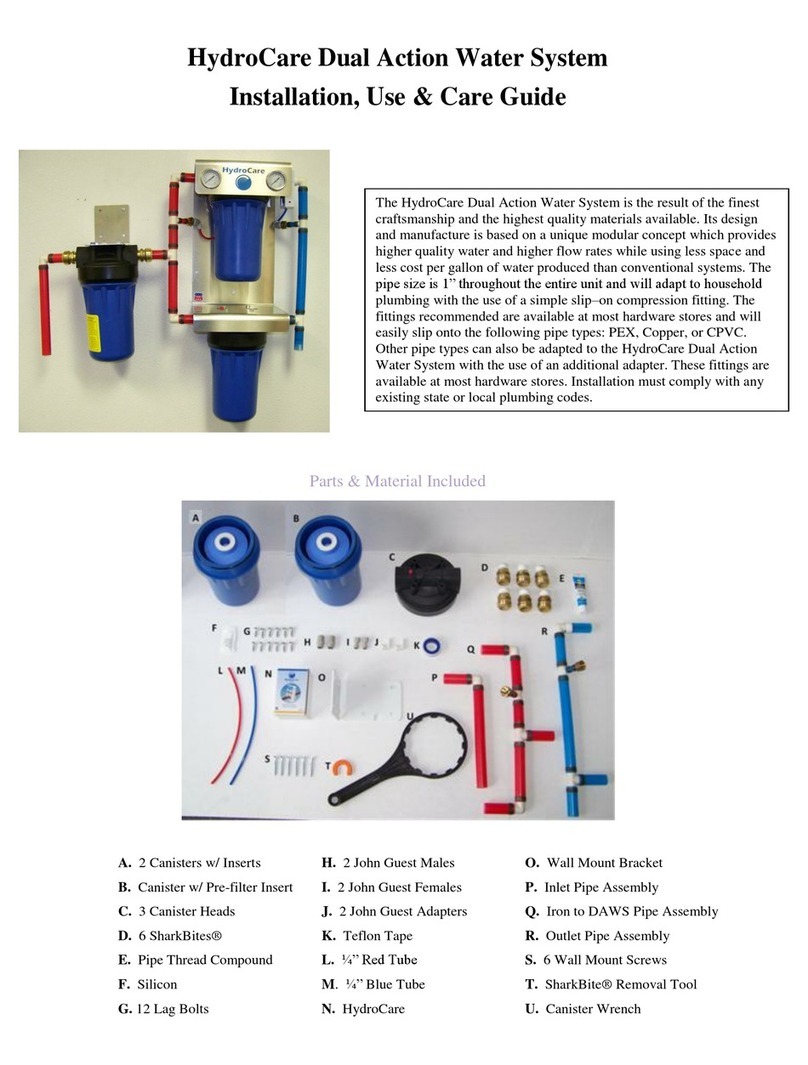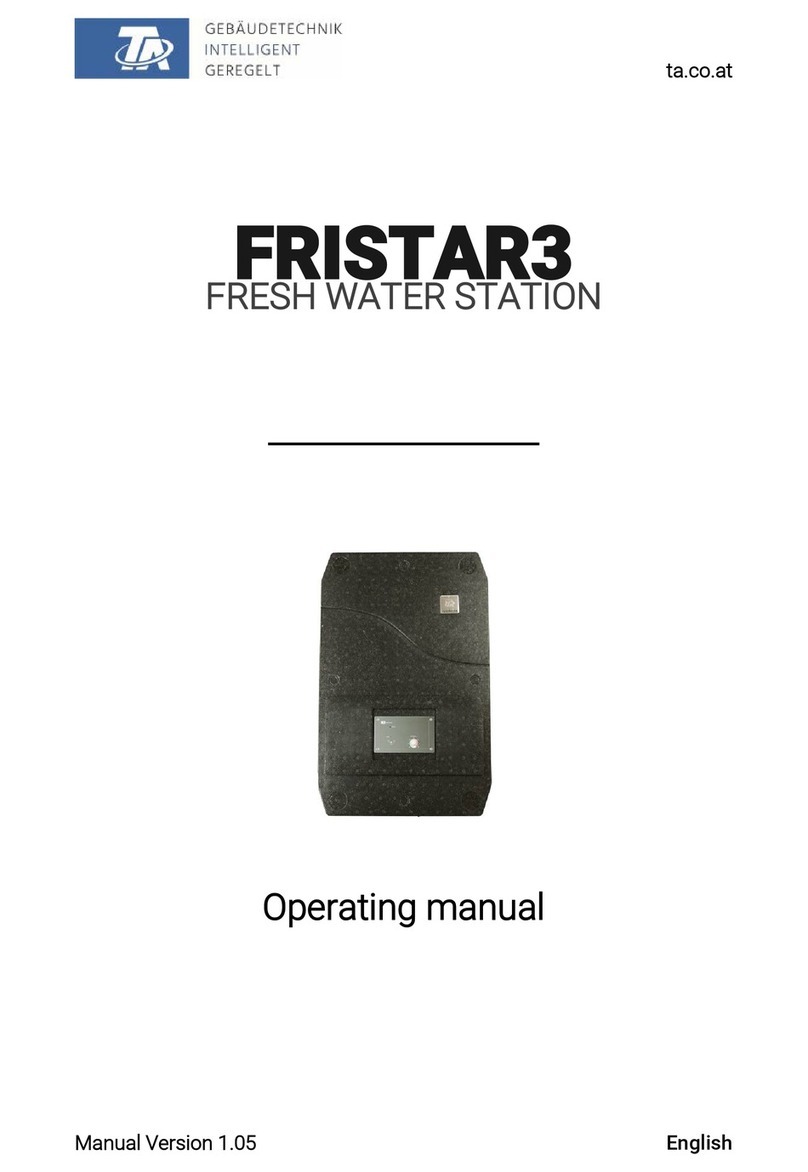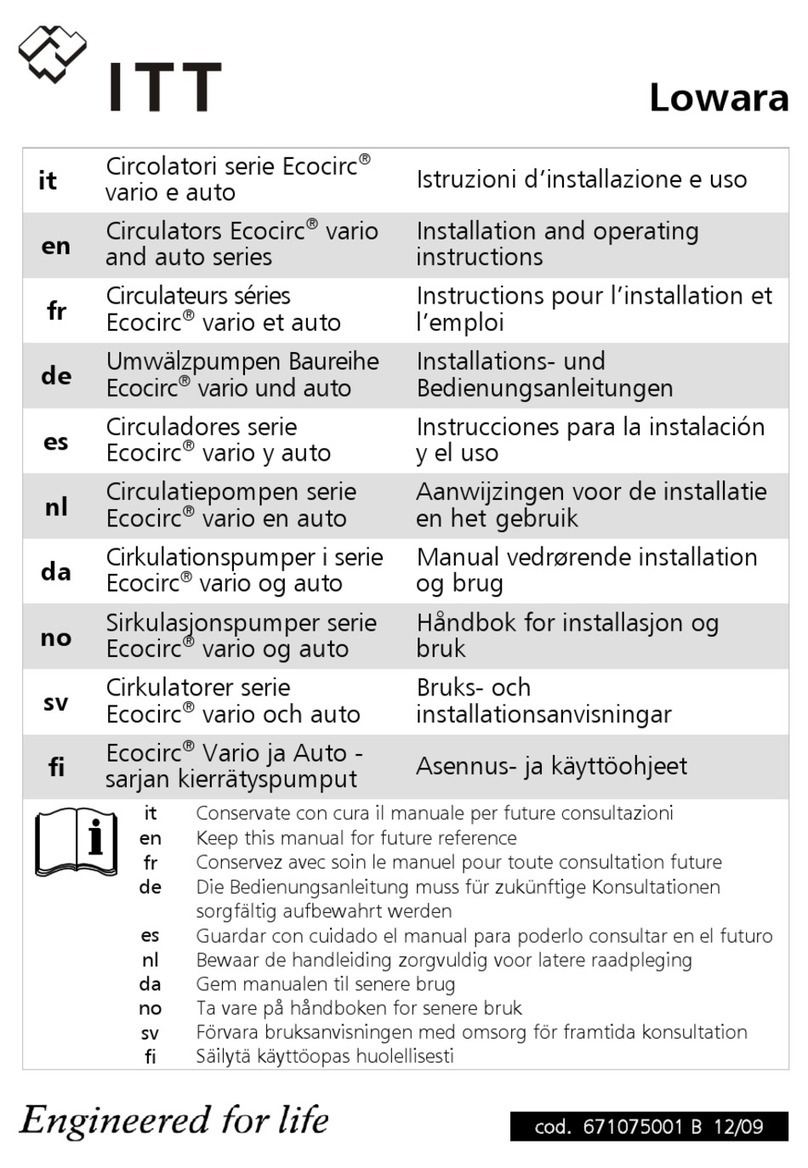
UltraCirc Models
The BU models incorporate a shut off valve, check valve, and bleed valve into the brass pump housing eliminating the
need to install these components. These models are supplied with 1/2” (5/8”) union fittings. These fittings should be
removed from the pump housing before soldering to avoid damaging the internal valves.
8. Close the shut-off valve on the inlet side of the pump and turn the water supply to the house back on.
9. Flush system of debris.
Before reattaching the pump motor, open the shut-off valve on the inlet side of the pump housing and let water flow
through the housing. Use a bucket to catch the water. Let the water run long enough to clear all sand, solder pellets,
plumbers tape flakes, etc. from the lines. Close the inlet shut-off valve when finished.
10. Connect the pump motor to the housing.
Make sure the rubber o-ring is in place in the housing and the screw ring is securely hand tightened. Reopen the shut-
off valve or valves and let the water flood the pump housing.
Do’s and Do Not’s
Do:
• Install an air vent mounted in a vertical position (if provided).
• Use 1/2”(5/8”) recirculation line tubing.
• Check to be sure there are no crimps or sharp bends in the recirculation line that would restrict the flow.
• Be sure the check valve is installed in the proper direction of the flow.
• Be sure all air is purged from the system prior to starting the pump.
• Use a water conditioner if you have hard water.
• Be sure the gate valves are open before turning on the pump.
• Install the pump pumping in upward direction only.
Do Not
• Use grease or oil to lubricate the pump (it is self-lubricating).
• Over tighten the screw ring.
• Install the pump with the motor above the pump housing.
• Install the pump pumping away from the water heater nor pumping downward.
• Start the pump before the system is full of water and purged of air.
• Allow the water heater temperature above 140ºF (60ºC). (only in the US)
• Install the pump in the supply line to faucet/taps.
• Use any pipe size other than 1/2”(5/8”) for all models.
• Position the pump at the top of the water heater.
Correct Installation
Improper Installation -
Do NOT mount in these orientations
Note: Keep The Hot Water
Temperature Below 140ºF
(60ºC). Higher temperatures
can cause calcium and
magnesium elements to come
out of solution and create
solids which could not only
cause damage to the pump but
also reduce water heater
efficiency and premature
failure of the water heater.
fig. 6
Remove the motor unit and
o-ring from the pump housing into the plumbing
line. Do not sweat the housing into the plumbing
line with the motor or o-ring attached. Arrows on
the pump housing indicate the direction of water
flow.
Caution: Only hand tighten the screw ring.
Do not over tighten! Do not use plumbers
putty on the screw ring.
11. Purge air from the supply line.
Turn on the faucet/taps or shower farthest from the water heater. Open the line until you get a good, steady stream of
water without sputter or evidence of air.
12. Purge air from the return line.
Connect the pump to the electrical supply. With the pump running, open the hose bib/connection and let water run
until the pump is running quietly and there is no sputtering or other evidence of air coming from the hose bib. Close
the hose bib. Your system is now in operation. Allow a few minutes for instant hot water to recirculate to all of your
faucet/taps.
8. Install the pump and other components required in accordance with the diagrams provided in fig. 1 or 2 and
connect the return line to the water heater. Unscrew the pump housing from the motor (fig. 6) and run the pump
for a few seconds to make sure it is operational.
